
It’s just past 1 a.m. on October 12, the fourth day of Israel’s assault on Gaza, and my friend Rami is awake, texting me from a pew in the Holy Family Church in Gaza City, where he and his family are sheltering from air strikes.
He tells me their apartment building was hit last night, their home completely demolished. Now he, his wife, and their two kids are sleeping on mattresses in the church hall, alongside almost 200 other Gazans evacuated or displaced from their homes. Because Rami fears for his safety, I’m using only his first name here.
There are about 40 kids in the church, Rami says, and the adults are trying to keep them busy and distracted even as the sounds of rockets rattle the building. They’ve been playing soccer in the hall, because going outside is not an option. The adults have been praying, he says, and checking their phones for more news. He wants to come up with an activity for tomorrow that would entertain the kids without using power, but he’s too tired and anxious to think right now. More soccer, he supposes. Another 500 adults and children are taking refuge at the orphanage on the church property, and at a Catholic school not too far away. But going between them is dangerous.
The Holy Family Church is the last remaining Catholic parish in Gaza, and Rami is one of the 137 remaining Catholics as of this spring, part of the shrinking Christian population; most have fled to other countries to escape the pressures of Hamas, the blockade, and war. The church is small: a modest limestone structure built in the 1960s. It would be cramped for several families celebrating Mass, let alone for a growing number of displaced people. But the church has survived several wars now, and, because other civilian structures have been flattened, many Muslims and Catholics alike feel that it’s their best option. The doors of the church are open to anyone, insists the priest, Father Gabriel Romanelli, if they can make it there safely.
A little more than a year ago, I met Father Gabriel in line at the Erez Crossing, the now-decimated entrance to Gaza from Israel. It was a stifling August day, and, in his long black cassock, he stood out amongst the other aid workers. I started chatting with him, and he invited me to visit the parish.
An Argentinian priest fluent in Arabic, Father Gabriel tries to make life in Gaza more livable, hosting skills workshops, volunteering young people to run errands for the parish’s elderly Muslim neighbors, and, in the oppressively hot summer, organizing private-beach rentals so that women can swim freely without fear of being seen. He’d been a priest in several war zones in the Middle East, but the urgency of need in Gaza is different, more pressing, he once told me.
Father Gabriel was in Bethlehem getting medicine unavailable in Gaza when Hamas began its attack. We’re in close contact now. In our daily messages and voice notes, he tells me he feels disbelief and fear.
Rami is a social worker for a medical charity, and we met in 2022, when he translated for me during an interview with three boys who had survived an air strike on their home. After the boys had their wound dressings changed, they asked Rami for a lift back to a relative’s house, because they didn’t have money for a taxi. I started to cry. I felt embarrassed about it, but Rami was emotional too. He told me he often goes into the medical storage closet to cry. Even after all these years with so many patients, he told me, he still needs to cry.
Now Rami is in the same position as those boys, but this time, he seems unemotional, detached. I tell him how sorry I am about his home, and he responds quickly, “It’s okay … don’t worry about it.”
He tells me that the real concern is the water supply and fuel for the church’s generators. Sister Nabila, an Egyptian nun I met through Father Gabriel, is managing the impromptu shelter at the nearby Catholic school. She has turned her phone off, perhaps to conserve the battery, and my messages checking in on her won’t go through.
The morning of October 13, I hear that Israeli forces are ordering everyone north of the Wadi Gaza wetlands, including in Gaza City, where the Holy Family Church is located, to go to the south. I text Rami, “Are they asking you to evacuate?”
Rami’s response is panicked and confused. “Please, we are 200 persons, we don’t have a decision,” he says. He hasn’t seen the news yet, and I feel disgusted that I am the one to break it to him.
He tells me he’ll text me later. He needs to find out more. It’s Father Gabriel who finally lets me know what’s going on: All of the people at the church, plus the people at the orphanage and the school, have been ordered to leave, and will have to find a new shelter.
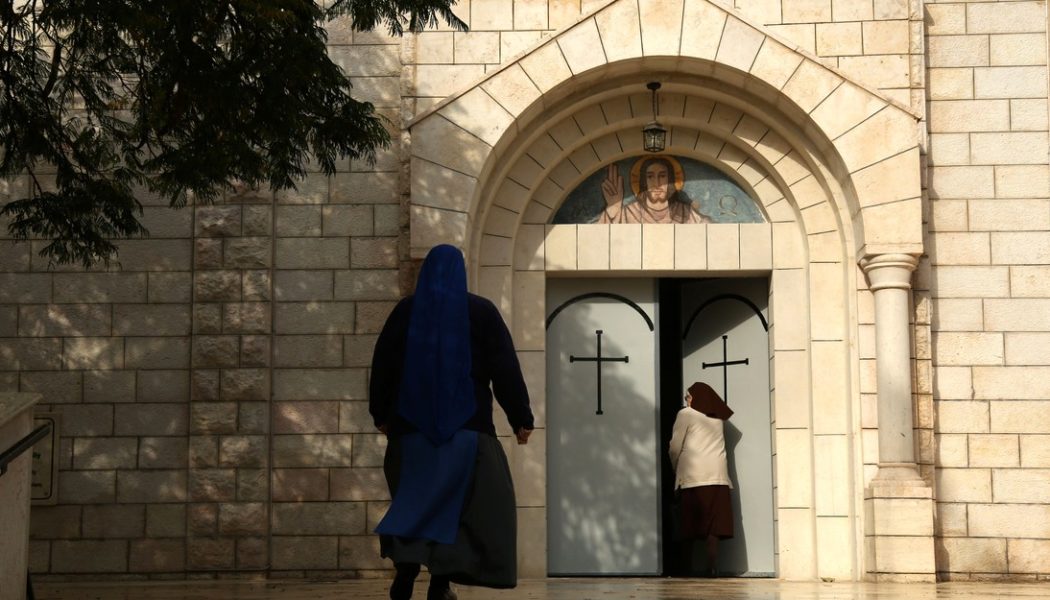
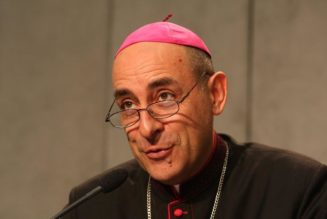
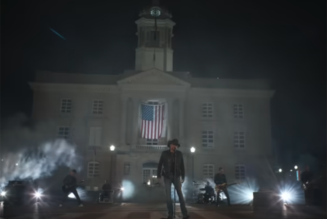
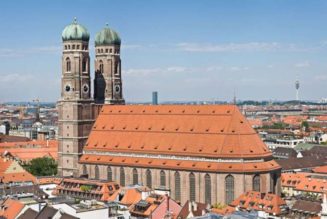
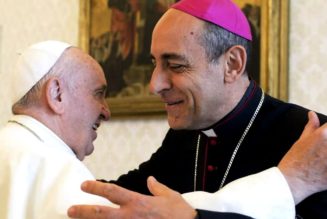
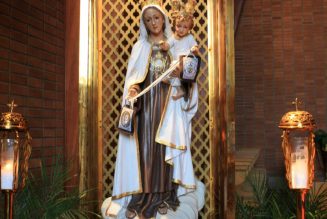
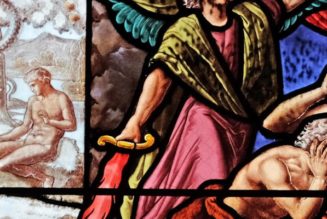
![Free will is not an illusion [Note: A great mic drop moment, and philosophy lesson, during a taping of a show for Netflix]…](https://salvationprosperity.net/wp-content/uploads/2022/11/free-will-is-not-an-illusion-note-a-great-mic-drop-moment-and-philosophy-lesson-during-a-taping-of-a-show-for-netflix-327x219.jpg)